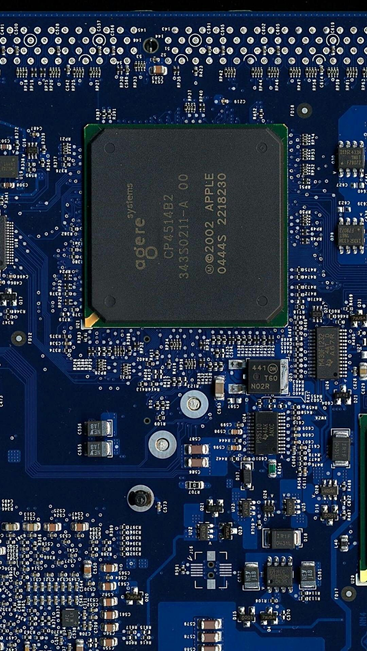Medical blood glucose meter PCBA
Medical blood glucose meter is a medical device used to monitor blood glucose levels, which is essential for diabetic patients. Blood glucose meter PCBA (Printed Circuit Board Assembly) is the core component of this device, which integrates key electronic components such as sensors, displays, microprocessors, etc. to achieve accurate measurement and data management of blood glucose levels.
The medical blood glucose meter PCBA is a key component in the medical blood glucose meter, which is responsible for processing the signals and data during the blood glucose test.
The following are some key features and requirements of the medical blood glucose meter PCBA:
1. High precision and stability: The medical blood glucose meter PCBA needs to provide accurate test results, so it has high requirements for the accuracy and stability of the circuit.
2. Miniaturized design: With the popularity of portable blood glucose meters, PCBA design tends to be miniaturized to accommodate smaller device sizes.
3. Low power consumption: In order to extend battery life, the medical blood glucose meter PCBA needs to optimize power management and achieve low power operation.
4. High reliability: Medical devices have extremely high requirements for reliability, and PCBA needs to pass strict quality control and testing.
5. Biocompatibility: If PCBA is used for implantable devices, biocompatible materials need to be used.
6. Environmental adaptability: Medical blood glucose meters may be used in different environmental conditions, and PCBA design needs to consider factors such as temperature and humidity.
7. Electromagnetic compatibility (EMC): Medical blood glucose meter PCBA needs to have good electromagnetic compatibility to avoid interference with other medical devices.
8. Data storage: Some blood glucose meters need to store patients' test data, and PCBA may need to integrate non-volatile memory.
9. User interface: PCBA may need to cooperate with user interface components such as display screens and buttons to provide a good user experience.
10. Regulatory compliance: Medical blood glucose meter PCBA needs to comply with relevant medical device regulations and standards, such as ISO 13485, FDA 21CFR820, etc.
During the design and manufacturing process, the medical blood glucose meter PCBA needs to meet the above requirements to ensure the quality and performance of the product. For example, the technical parameters of the blood glucose meter PCBA may include detection range, detection sample, sample volume, detection time, hematocrit (HCT) range, memory capacity, display size, operating temperature and relative humidity, etc. Manufacturers also need to consider the traceability of the product to meet the strict regulatory requirements of the medical industry.
The medical blood glucose meter PCBA is a key component in the medical blood glucose meter, which is responsible for processing the signals and data during the blood glucose test.
The following are some key features and requirements of the medical blood glucose meter PCBA:
1. High precision and stability: The medical blood glucose meter PCBA needs to provide accurate test results, so it has high requirements for the accuracy and stability of the circuit.
2. Miniaturized design: With the popularity of portable blood glucose meters, PCBA design tends to be miniaturized to accommodate smaller device sizes.
3. Low power consumption: In order to extend battery life, the medical blood glucose meter PCBA needs to optimize power management and achieve low power operation.
4. High reliability: Medical devices have extremely high requirements for reliability, and PCBA needs to pass strict quality control and testing.
5. Biocompatibility: If PCBA is used for implantable devices, biocompatible materials need to be used.
6. Environmental adaptability: Medical blood glucose meters may be used in different environmental conditions, and PCBA design needs to consider factors such as temperature and humidity.
7. Electromagnetic compatibility (EMC): Medical blood glucose meter PCBA needs to have good electromagnetic compatibility to avoid interference with other medical devices.
8. Data storage: Some blood glucose meters need to store patients' test data, and PCBA may need to integrate non-volatile memory.
9. User interface: PCBA may need to cooperate with user interface components such as display screens and buttons to provide a good user experience.
10. Regulatory compliance: Medical blood glucose meter PCBA needs to comply with relevant medical device regulations and standards, such as ISO 13485, FDA 21CFR820, etc.
During the design and manufacturing process, the medical blood glucose meter PCBA needs to meet the above requirements to ensure the quality and performance of the product. For example, the technical parameters of the blood glucose meter PCBA may include detection range, detection sample, sample volume, detection time, hematocrit (HCT) range, memory capacity, display size, operating temperature and relative humidity, etc. Manufacturers also need to consider the traceability of the product to meet the strict regulatory requirements of the medical industry.
- Previous:Medical PCBA
- Next:没有了





